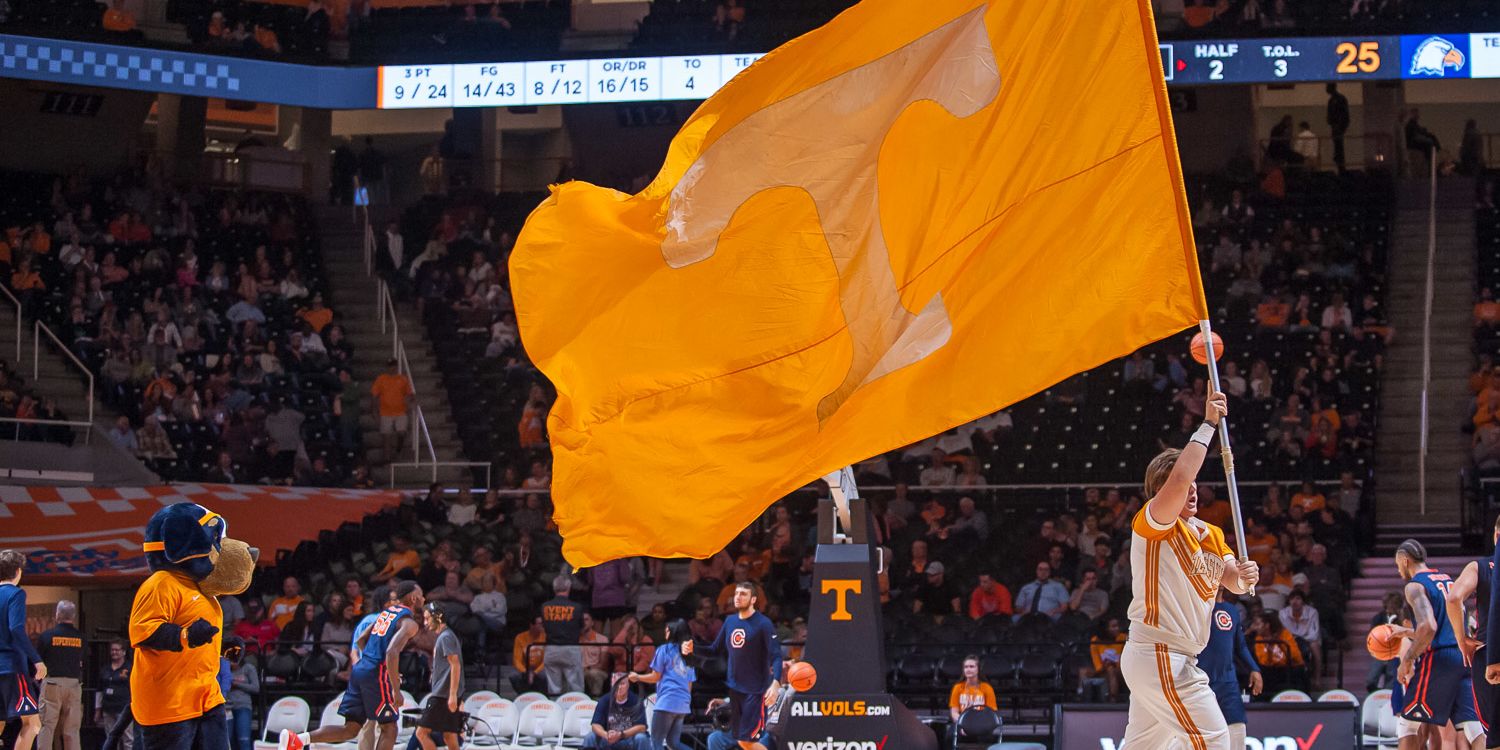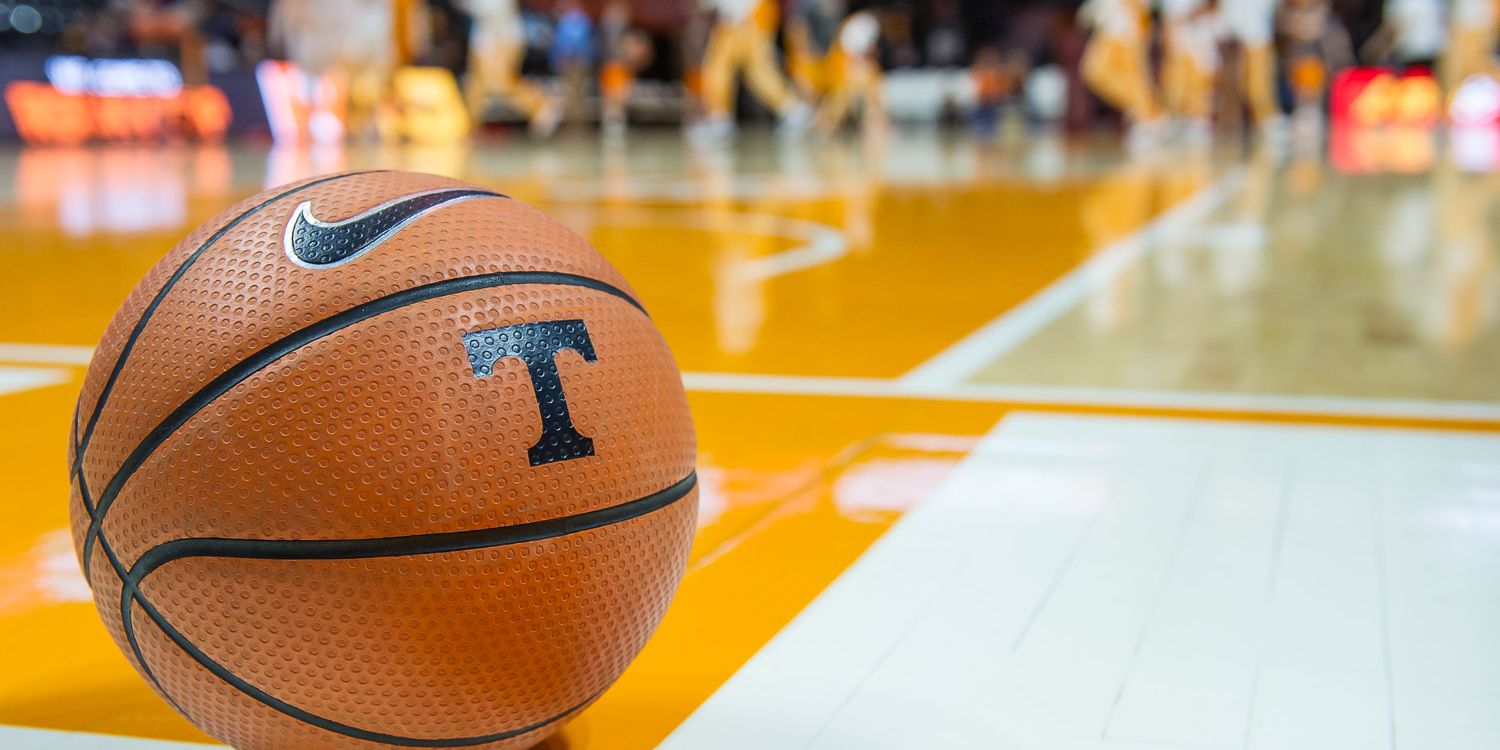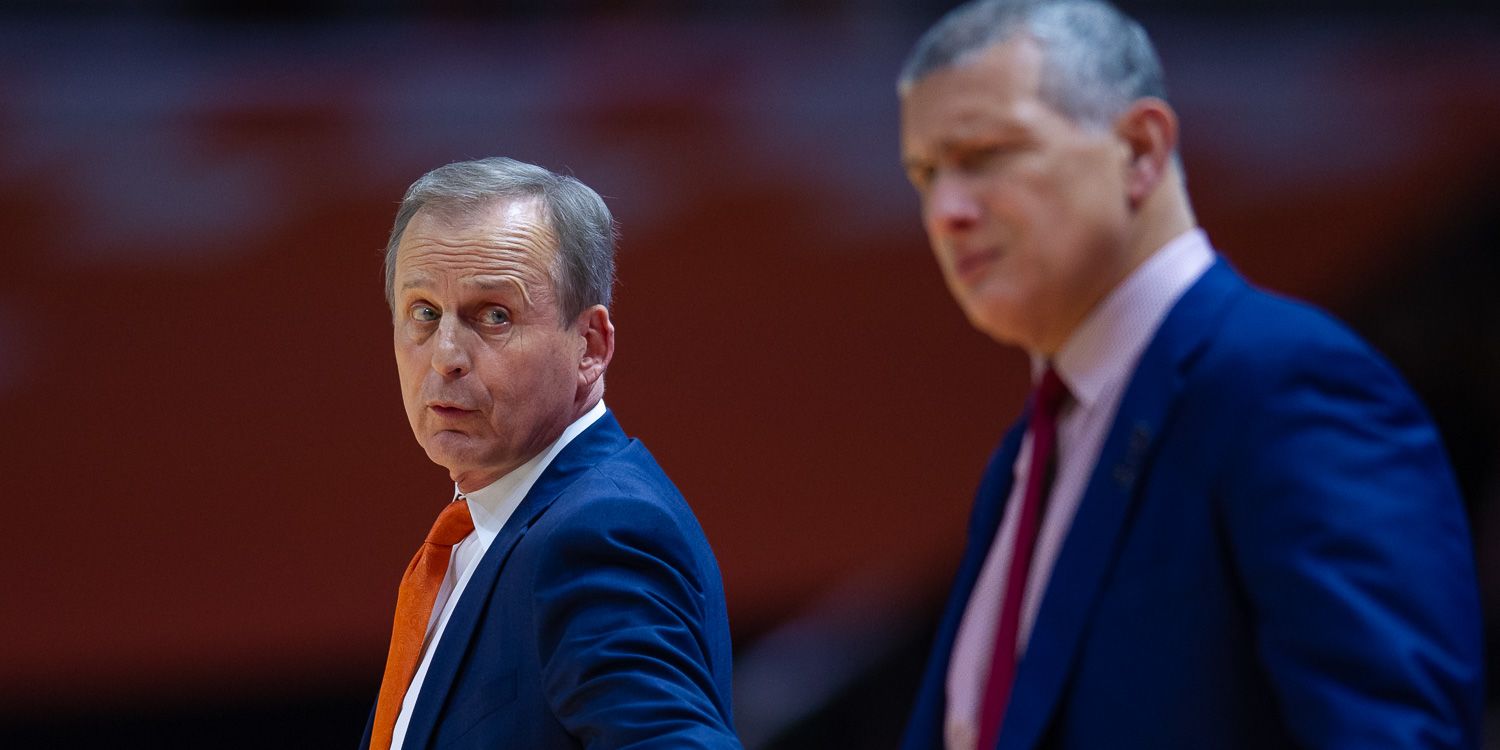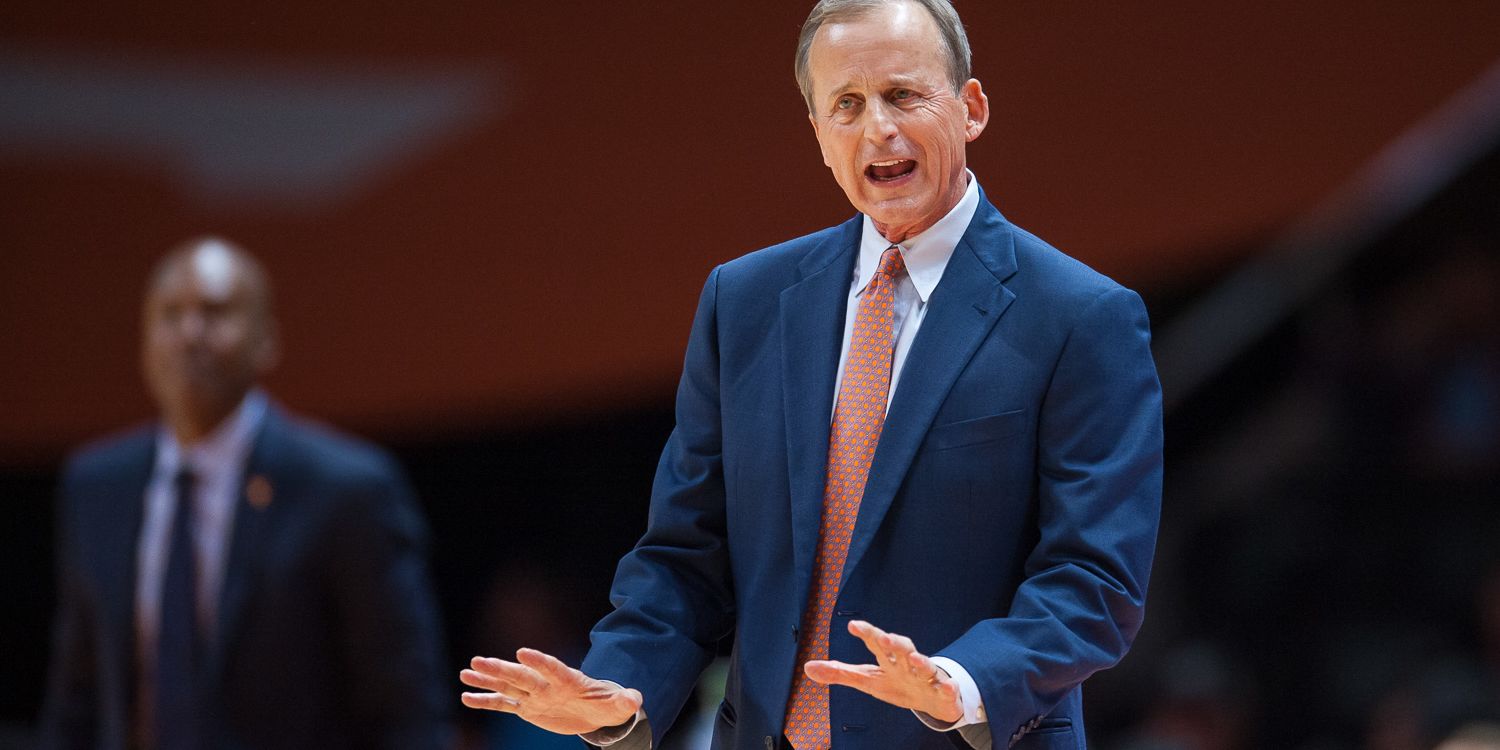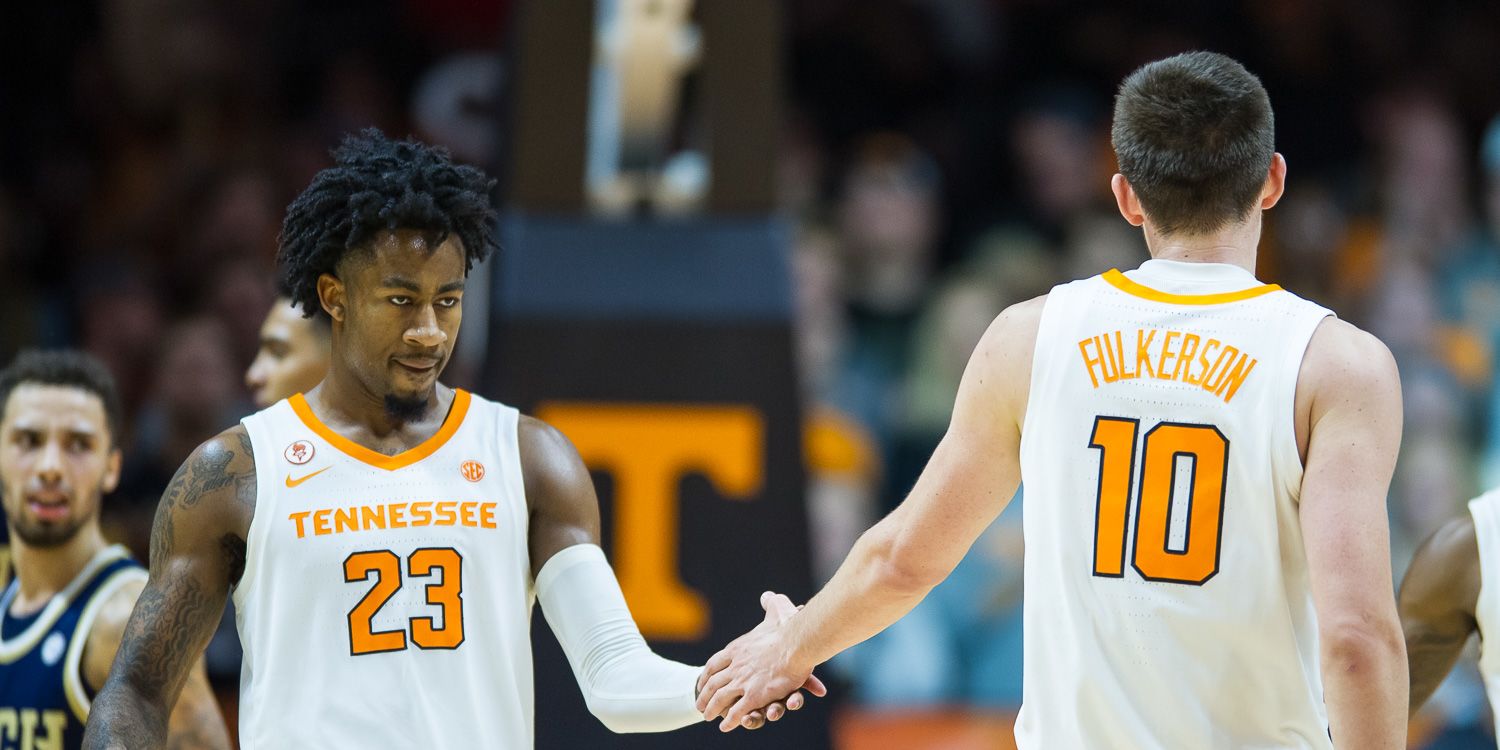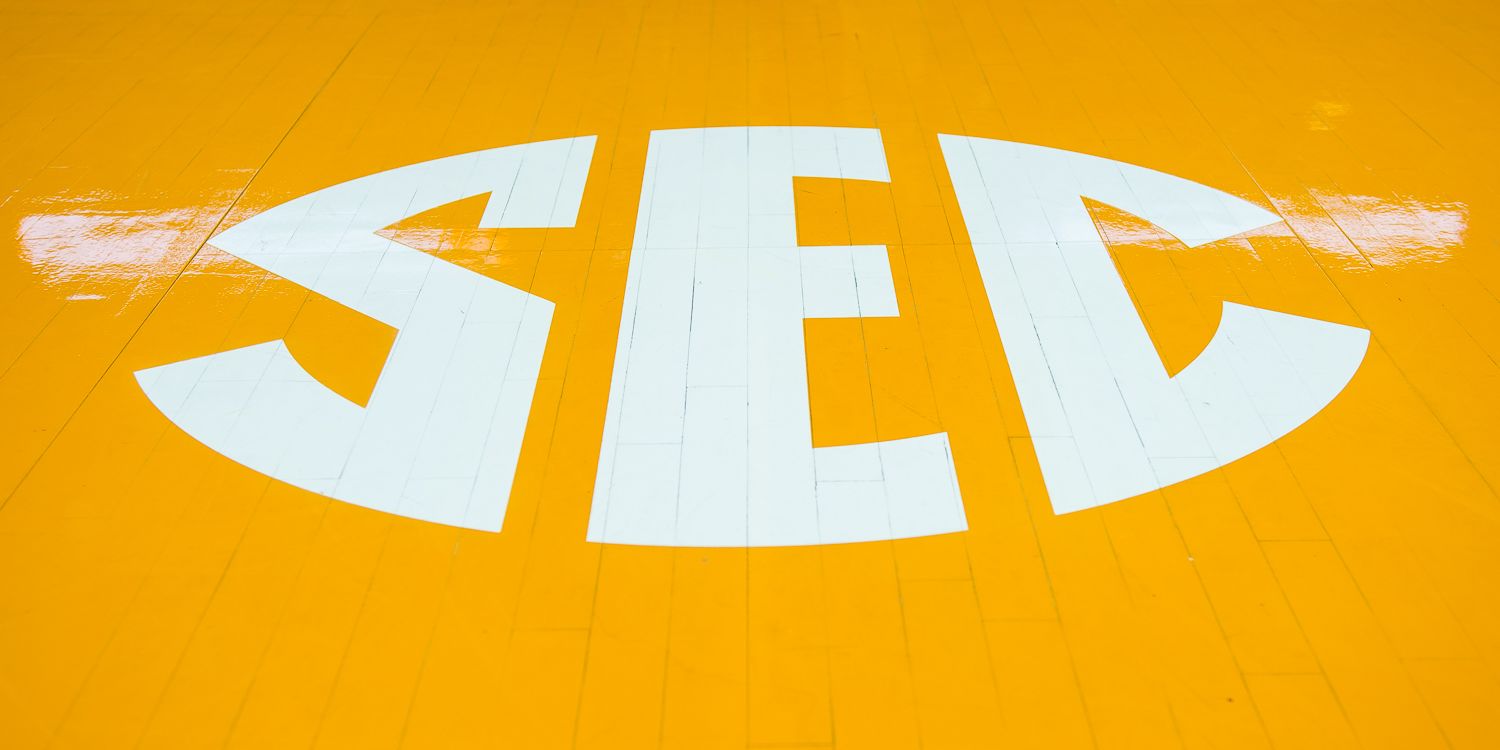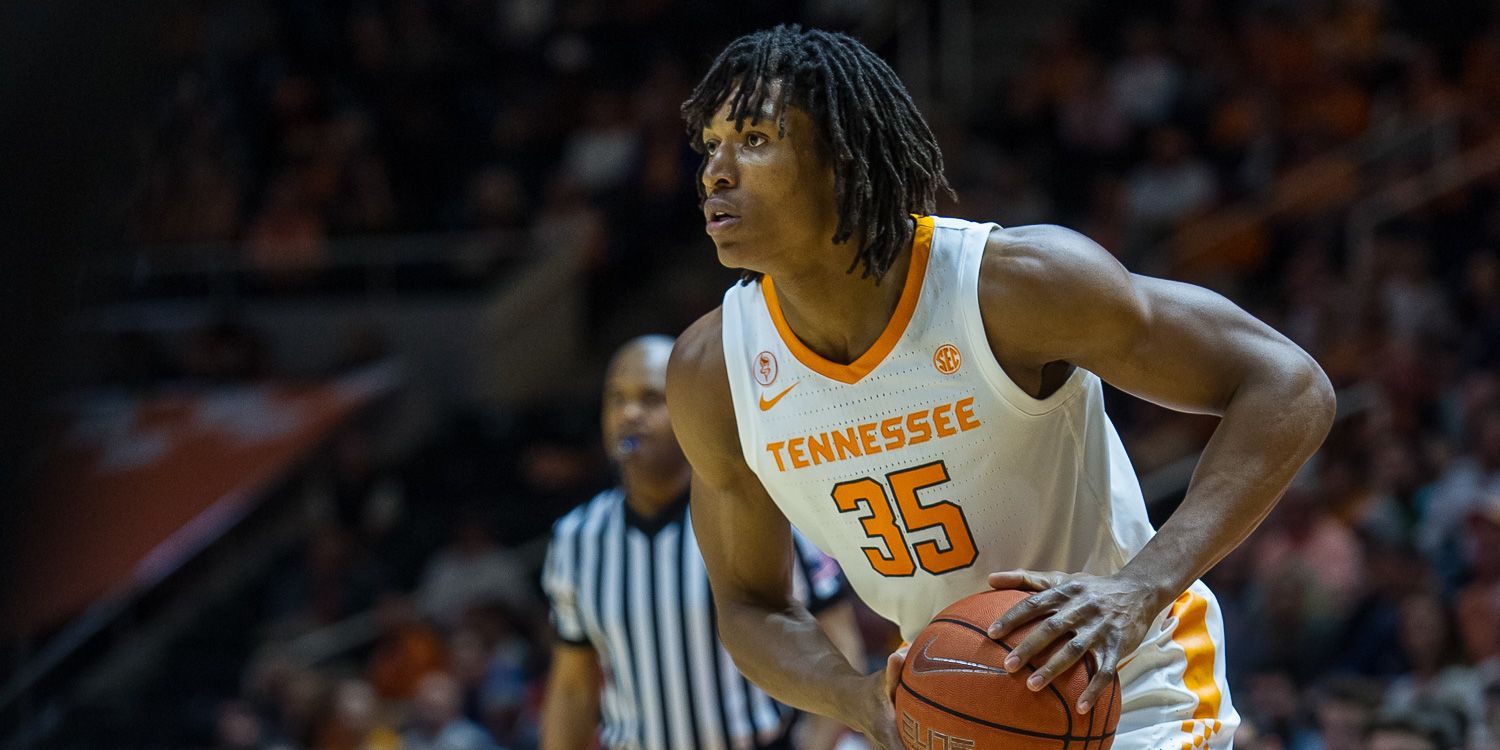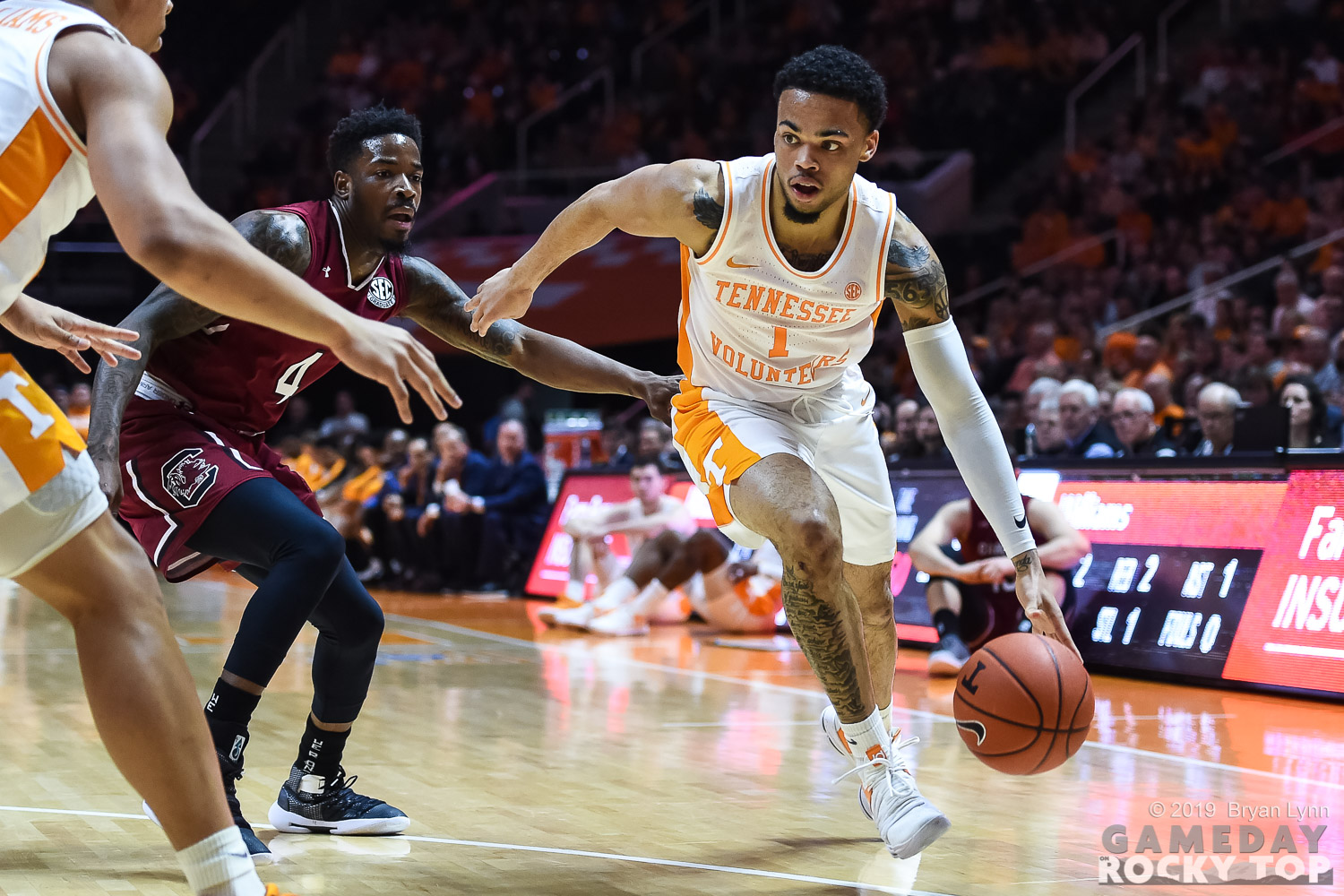Here’s a look at the four factors numbers for Tennessee’s game tomorrow against the Vanderbilt Commodores. The conclusions are upfront, just after each team’s baseline, and the details follow:
Baseline
First up, here’s what each team is doing at this point in the season:
| FG% | 3FG% | TOs/G | OR/G | DR/G | FTA/G | |
| Tennessee | 41.9 | 31 | 14.1 | 10.31 | 26.69 | 18.5 |
| Vanderbilt | 45.8 | 36.9 | 13.4 | 9.38 | 24.31 | 22.8 |
This makes it look like Vanderbilt is shooting better than Tennessee and getting to the line more often, but that the Vols are rebounding better. Let’s take a closer look.
Summary and Score Prediction
Let’s hope some of this bad news is the result of hitting the reset button too many times, thus dropping a team in search of chemistry into a field full of opponents with a head start in finding their own. Still, the Vols need to improve almost everything, and shooting better and limiting turnovers are chief on the long list of important tasks. They’ll have opportunities against Vanderbilt, but they’ll also need to make sure they stay in character on defense as well to come out of Nashville with a win tomorrow.
The goals for the Vols:
- Shoot better. Start with getting the ball to John Fulkerson in the post. Aim for a better percentage than Vanderbilt both from the field and from the arc. (I know — duh. But if they do that, they’ll be shooting better than usual and also holding Vanderbilt to something less than theirs.)
- Limit the turnovers. Ten or fewer would be good.
- Capitalize on the rebounding advantage.
KenPom gives Tennessee a 64% chance of winning and puts the score at Tennessee 71, Vanderbilt 67. Sounds about right to me.
Four Factors: Straight-Up
Effective FG%
| Team | eFG% | Rank |
|---|---|---|
| Washington | 51.4 | 86 |
| Mississippi St. | 51.2 | 93 |
| Memphis | 50.9 | 104 |
| Tennessee | 48.8 | 199 |
Conclusion: The Commodores are a much better shooting team than the Vols. In fact, they’re the best-shooting team we’ve played this season and very similar to LSU in this regard.
Turnover %
| Team | TO% | Rank |
|---|---|---|
| Tennessee | 20.9 | 284 |
| Jacksonville St. | 21 | 293 |
| Mississippi St. | 21.1 | 298 |
| Missouri | 21.2 | 299 |
Conclusion: Vanderbilt also protects the ball much better than Tennessee does (obvs). They are most similar to FSU among prior Vols opponents.
Offensive Rebound %
| Team | OR% | Rank |
|---|---|---|
| Mississippi St. | 40 | 2 |
| LSU | 37.2 | 6 |
| Tennessee | 28.9 | 153 |
Conclusion: The Vols have the advantage in offensive rebounding, and the Commodores are most similar to Florida A&M and Chattanooga in this category.
Free Throw Rate
| Team | FTRate | Rank |
|---|---|---|
| Cincinnati | 37 | 68 |
| Mississippi St. | 36.9 | 69 |
| Mississippi | 36.5 | 74 |
| Tennessee | 34 | 129 |
Conclusion: Most similar to Memphis (and Murray State) and with a pretty significant advantage over the Vols.
Four Factors: Opponent impact
Effective FG%
When Tennessee has the ball
Tennessee’s eFG% is a dismal 47.9 (No. 232), but it will be going up against a similarly dismal defense that is 51.5 (No. 253).
When Vanderbilt has the ball
The Commodores’ eFG% is 54 (No. 25), but Tennessee’s shooting defense is 44.6 (No. 31).
Conclusions
When it comes to shooting percentages, it’s weakness-on-weakness and strength-on-strength, and about evenly-matched to boot.
Turnover %
When Tennessee has the ball
Tennessee has a terrible turnover % of 20.9 (No. 267), while the Commodores’ defensive counterpart to this stat is 19.9 (No. 138).
When Vanderbilt has the ball
Vanderbilt’s turnover % is 18.8 (No. 130), while’s Tennessee’s ability to force turnovers is 20.1 (No. 122).
Conclusions
As I said the last time around, the Vols are always going to be outmatched in this category (from an offensive perspective) until they earn some dramatic improvement. They’ll have an opportunity tomorrow. As far as forcing turnovers, the stage is set for a normal result.
Offensive Rebounding %
When Tennessee has the ball
Tennessee’s OR% is 30 (No. 113). Vanderbilt’s defense in that category is 28.9 (No. 205).
When Vanderbilt has the ball
The Commodores’ OR% is 27.2 (No. 210), while the Vols’ defense in that category is 26.8 (No. 112).
Conclusions
The Vols appear to have a pretty good edge in rebounding. They’ll need it.
Free Throw Rate
When Tennessee has the ball
Tennessee’s FT Rate remains 33.8 (No. 133), while Vanderbilt’s defense against that is 35 (No. 241).
When Vanderbilt has the ball
The Commodores’ FT Rate is 40.4 (No. 23), while Tennessee’s defense against that is 27.5 (No. 85).
Conclusions
Tennessee’s not especially good at getting to the line, but the Vols should be able to get there more often than usual tomorrow against the Commodores. On the other side, Vandy’s good at getting there, but Tennessee might be able to limit those opportunities a bit.
Go Vols.
